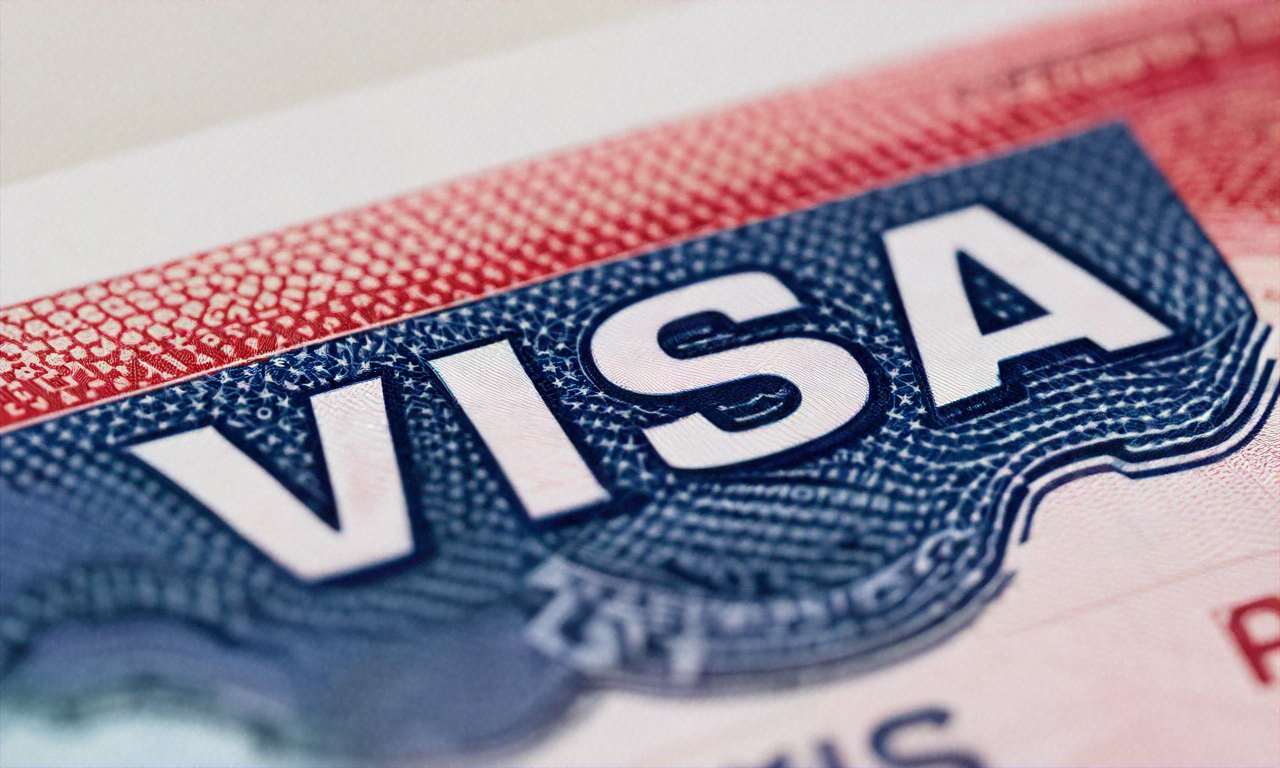Understanding The U.S Visa & Green Card Process In 2026
Navigating immigration to the United States can feel overwhelming, especially with evolving regulations and procedures. Whether you're seeking temporary work authorization or permanent residency, understanding the visa and green card processes is essential for anyone planning to live and work in America. This guide breaks down the key steps, requirements, and recent changes to help you make informed decisions about your immigration journey in 2026.

The United States remains one of the most sought-after destinations for professionals, students, and families worldwide. With its diverse economy and opportunities across various sectors, understanding how to legally enter and remain in the country is crucial. The immigration system offers multiple pathways, each with distinct requirements, timelines, and documentation needs. Recent policy updates and procedural changes have introduced new considerations for applicants, making it important to stay informed about current processes.
What Is The Process for Getting U.S Visa In 2026?
Obtaining a U.S. visa involves several stages that vary depending on the visa category. For employment-based visas, the process typically begins with an employer petition. Common work visa categories include H-1B for specialty occupations, L-1 for intracompany transfers, and O-1 for individuals with extraordinary abilities. The employer must first file a petition with U.S. Citizenship and Immigration Services (USCIS), demonstrating the need for foreign talent and the applicant’s qualifications.
Once USCIS approves the petition, applicants outside the United States must schedule a visa interview at a U.S. embassy or consulate in their home country. This requires completing the DS-160 form, paying visa fees, and gathering supporting documents such as passport, photographs, employment letters, and educational credentials. Interview wait times vary by location and season, with some consulates experiencing backlogs of several months. During the interview, consular officers assess the applicant’s intentions, qualifications, and ties to their home country.
After approval, visa processing and passport return typically take one to two weeks, though administrative processing can extend this timeline. Applicants should plan accordingly and avoid making firm travel arrangements until receiving their visa. Some visa categories have annual caps or lottery systems, such as the H-1B program, which adds another layer of complexity and uncertainty to the process.
What Is The Process for Getting U.S Green Card In 2026?
The green card process, officially known as lawful permanent residency, offers a pathway to living and working permanently in the United States. Employment-based green cards are categorized into five preference levels (EB-1 through EB-5), each with different requirements and priority dates. The process generally begins with labor certification through the Department of Labor, where employers must prove no qualified U.S. workers are available for the position. This step is waived for certain categories like EB-1 and EB-2 with National Interest Waiver.
Following labor certification approval, the employer files Form I-140, Immigrant Petition for Alien Worker, with USCIS. Once approved, applicants must wait for their priority date to become current based on visa bulletin updates, which reflect available immigrant visa numbers. Wait times vary significantly by country of origin and preference category, with applicants from countries like India and China facing substantially longer backlogs due to per-country limits.
When the priority date becomes current, applicants can file Form I-485, Application to Register Permanent Residence or Adjust Status, if already in the United States, or proceed through consular processing if abroad. The adjustment of status process includes biometrics collection, medical examination, and potentially an interview. Processing times range from several months to over a year depending on USCIS workload and case complexity. Upon approval, applicants receive their green card, granting them permanent resident status with the ability to live and work anywhere in the United States.
What Has Changed Since A Few Years Ago?
The U.S. immigration landscape has experienced notable shifts in recent years, affecting both visa and green card processes. Technology integration has increased, with USCIS expanding online filing options for various forms and introducing digital communication channels. These changes aim to improve efficiency and transparency, allowing applicants to track case status more easily and receive notifications electronically.
Policy adjustments have impacted processing priorities and timelines. USCIS has implemented measures to address backlogs, including hiring additional staff and streamlining certain procedures. However, overall processing times remain lengthy for many categories due to high demand and resource constraints. Fee structures have also been updated, with increases across multiple application types to support agency operations.
Enforcement priorities and eligibility criteria have evolved, with heightened scrutiny on certain visa categories and increased requests for evidence (RFEs) from USCIS. Applicants now face more rigorous documentation requirements and must demonstrate clear eligibility under current interpretations of immigration law. Additionally, international relations and bilateral agreements continue to influence visa policies, with some countries experiencing changes in reciprocity fees and interview waiver eligibility.
The COVID-19 pandemic’s lasting effects on consular operations have gradually diminished, but some locations still experience reduced capacity and appointment availability. Remote work trends have also prompted discussions about visa policies for digital nomads and remote employees, though comprehensive reforms have not yet materialized. Staying informed about these evolving changes is essential for anyone planning their immigration journey.
Important Considerations for Applicants
Successful navigation of U.S. immigration processes requires careful planning and attention to detail. Applicants should begin preparing documentation well in advance, ensuring all credentials are properly translated and authenticated. Maintaining legal status throughout the process is critical, as violations can result in denial or future inadmissibility. Consulting with qualified immigration attorneys can provide valuable guidance, particularly for complex cases or those involving prior immigration issues.
Timeline expectations should be realistic, as immigration processes rarely proceed as quickly as hoped. Building buffer time into plans for job starts, family relocations, or other commitments helps reduce stress and disappointment. Applicants should also monitor official USCIS and State Department websites regularly for updates on processing times, policy changes, and visa bulletin movements.
Financial preparation is equally important, as immigration processes involve multiple fees beyond just application costs. Medical examinations, document translations, attorney fees, and travel expenses can add significantly to overall costs. Understanding the full financial commitment helps applicants budget appropriately and avoid surprises during the process.
Conclusion
Understanding the U.S. visa and green card processes in 2026 requires awareness of multiple steps, requirements, and recent changes affecting applicants. From initial petitions through final approvals, each stage demands careful attention and proper documentation. While the system can be complex and time-consuming, thorough preparation and realistic expectations increase the likelihood of successful outcomes. Staying informed about current policies and seeking professional guidance when needed helps applicants navigate their immigration journey with greater confidence and clarity.




